44 about energy rating labels
Building energy rating - Wikipedia Description. The building energy rating label is an energy label rating. The label has a scale of A-G, with A-rated buildings the most energy efficient and G the least. In relation to dwellings, the Sustainable Energy Authority of Ireland states that a "BER is an indication of the energy performance of a home. It covers energy use for space heating, water heating, ventilation and lighting ... Energy Ratings and Energy-Efficient Appliances | OVO Energy Jan 05, 2022 · The new energy labels using this simpler A-G rating system can currently be found on: Dishwashers; Fridges, freezers, and fridge-freezers; Washing machines and washer-dryers; TVs and electronic displays; Lighting; Dishwashers; Energy ratings explained: what’s a good energy-efficiency rating? The best energy rating your appliance can have is A ...
Energy Efficiency Label for Air Conditioners Changed September 1, 2022. Energy and Environment Policy. On September 1, a public notice to stipulate specific items to be displayed in the Label Display Program for Retailers 1 was partially revised and promulgated. With this, the energy saving label for air conditioners will change, enabling more detailed comparisons of energy efficiency performance. 1.

About energy rating labels
Label2020 UK | Label 2020 - energy label The new energy labels for TVs, fridges, dishwashers, washing machines and washer dryers are here. They've helped consumers choose energy efficient products for more than 25 years. They've also helped manufacturers and retailers develop and sell innovative and efficient products. Energy rating - appliances | energy.gov.au Energy rating labels provide consumers with information on the energy efficiency of a range of appliances. The more stars, the more energy efficient the product is compared to other models in its category. Energy ratings: everything you need to know Mar 14, 2022 · Boilers and other forms of heating such as heat pumps got new energy labels in 2015. Beyond an A++-G rating, the label includes information such as the level of sound they produce and for some product types whether the heater has the capacity to generate electricity – the latter accounting for the fact that the heating market is changing, with more low carbon options.
About energy rating labels. Label | Energy Rating Use the Energy Rating Label to work out rough running costs with some simple maths. It's easy - just take the energy consumption figure - and divide it by 4. For example, if the Energy Rating Label on a washing machine says it uses 400 kWh, it means it will roughly cost you $100 per year to run. Easy! Consumers | Energy Rating For almost 30 years, the Energy Rating Label has helped consumers understand the energy efficiency and running costs of household appliances. You can find the energy rating label on many appliances, like fridges, dishwashers, dryers and more. More stars means more energy efficient. One star is low energy efficiency and ten stars is high. New Energy Efficiency Rating Labels Explained | Samsung UK First introduced 20 years ago, energy labels awarded a product with an A for high efficiency, or an F for low efficiency and encouraged manufacturers to drive innovation by using more energy efficient technologies. Over time, the scheme evolved and labels of A+, A++ and A+++ were added, adding confusion for consumers. Energy labels decoded | Currys TechTalk A to G rating On the left-hand side of the label you'll see a scale with different colours from deep green for A all the way through to red for G. A is the most energy efficient and G is the least. To find out what energy rating the tech you're looking at has, check the black pointer symbol next to the scale. QR code
About the energy label and ecodesign | European Commission The energy labels provide a clear and simple indication of the energy efficiency and other key features of products at the point of purchase. This makes it easier for consumers to save money on their household energy bills and contribute to reducing greenhouse gas emissions across the EU. About energy rating labels | EECA The new Zoned Energy Rating Label tells you which heat pumps/air conditioners will perform best in different climate zones of New Zealand and Australia. Learn more about Zoned Energy Rating Label Fridges & freezers label Energy Rating Labels - Buying and Using Appliances | Gen Less The Energy Rating Label makes it easy to compare energy efficiency and running costs of similar appliances when you're deciding which to buy. An appliance with more stars on the label is more energy efficient - meaning you can save money on running costs, and New Zealand can save energy and emissions. Energy Rating Labels explained - Consumer Home | Energy Rating The Energy Rating website provides information about the E3 Program. We increase the energy efficiency of appliances to reduce energy use, emissions and to help save you money. Product list View the complete list Energy Rating Calculator Save on your energy bills with the Energy Rating Label. Try the calculator Energy Rating Label
Regulations: energy information - GOV.UK Energy labels for certain products are being gradually re-scaled to display A - G energy rating classes instead of A+++ - G energy rating classes. The first phase of re-scaling took place in March... Energy rating label | energy.gov.au The Energy Rating Label shows the energy efficiency and energy consumption of rated products allowing comparison of running costs over the life of the product. Energy efficiency is shown with a star rating of between 1 and 10 which can be compared to others of the same type and size. Understanding the label | Energy Rating Energy rating labels provide consumers with information on the energy efficiency of a product. There are two main types of labels – comparison labels and endorsement labels. Comparison labels. Comparison labels allow consumers to compare the energy consumption of similar products and factor lifetime running cost into their purchasing decision. EU energy labelling requirements - Your Europe Energy labels: rank appliances on a scale from A to G according to how much energy they consume help consumers save money by choosing products that consume less energy can encourage companies to design products that consume less energy Class A (green) appliances consume the least energy - making them the most energy‑efficient.
New 2021 Energy Ratings Explained!| Box.co.uk The new energy rating labels came in to effect on the 1st of March 2021. What does this mean for current products? There will be a transition period following the start date in March, where both the old and new labels will be included on products. This will ensure that you have the right label according to the current regulations.
European Union energy label - Wikipedia A new energy label, introduced in 2010, is based on the energy efficiency index (EEI), and has energy classes in the range A+++ to D. The EEI is a measure of the annual electricity consumption, and includes energy consumed during power-off and standby modes, and the energy consumed in 220 washing cycles. For the washing cycles, a weighted mix consisting of 42% full-load cycles at 60 °C, 29% ...
How a Product Earns the ENERGY STAR Label The ENERGY STAR label was established to: Reduce greenhouse gas emissions and other pollutants caused by the inefficient use of energy; and. Make it easy for consumers to identify and purchase energy-efficient products that offer savings on energy bills without sacrificing performance, features, and comfort.
Zoned Energy Rating Label | EECA The new Zoned Energy Rating Label tells you which heat pumps/air conditioners will perform best in different climate zones of New Zealand and Australia. The label includes how much electricity the unit will use per year for heating and cooling, and how loud the unit is when running. From 1 July 2021, new portable air conditioner stock will need ...
What do energy labels mean? | Green Choices The familiar EU Energy label, rates products from A (the most efficient) to G (the least efficient) and is required by European law to be displayed at the point of sale on the following products: ... Fridges and freezers have two additional ratings A+ and A++. And, to make it more confusing, from end 2011, new A+, A++ and A+++ energy ratings ...
Energy Performance Label | National Fenestration Rating Council The NFRC label helps you compare between energy-efficient windows, doors, and skylights by providing you with energy performance ratings in multiple categories. Window Label. Door Label. U-Factor measures how well a product can keep heat from escaping from the inside of a room. The lower the number, the better a product is at keeping heat in.
Energy Rating Labels explained - Consumer NZ Energy Rating Labels have two important pieces of information: the star rating and the energy consumption. Star rating The top half of the label has a star rating of up to 6 or 10 stars. The stars represent how energy efficient a model is compared to other models of the same size/capacity.
Energy Performance Ratings for Windows, Doors, and Skylights The NFRC label provides a reliable way to determine a window's energy properties and to compare products. The NFRC label can be found on all ENERGY STAR® qualified window, door, and skylight products, but ENERGY STAR bases its qualification only on U-factor and solar heat gain coefficient ratings, which are described below. Heat Gain and Loss
Energy Rating Label | EECA Star rating shows efficiency. The Energy Rating Label applies to certain products under the Energy Efficiency (Energy Using Products) Regulations 2002. These products must display the label when they are offered for sale. EECA administers the label compliance in New Zealand. The label also applies in Australia.
Energy Labelling | Energy Ratings | SEAI Energy labelling was introduced by the EU in the 1990s. It helps consumers make a choice based on the relative energy efficiency, energy consumption, and performance of a product in typical operating conditions. By choosing energy efficient products, consumers are also helping to reduce harmful greenhouse gas emissions.
Energy ratings: everything you need to know Mar 14, 2022 · Boilers and other forms of heating such as heat pumps got new energy labels in 2015. Beyond an A++-G rating, the label includes information such as the level of sound they produce and for some product types whether the heater has the capacity to generate electricity – the latter accounting for the fact that the heating market is changing, with more low carbon options.
Energy rating - appliances | energy.gov.au Energy rating labels provide consumers with information on the energy efficiency of a range of appliances. The more stars, the more energy efficient the product is compared to other models in its category.
Label2020 UK | Label 2020 - energy label The new energy labels for TVs, fridges, dishwashers, washing machines and washer dryers are here. They've helped consumers choose energy efficient products for more than 25 years. They've also helped manufacturers and retailers develop and sell innovative and efficient products.
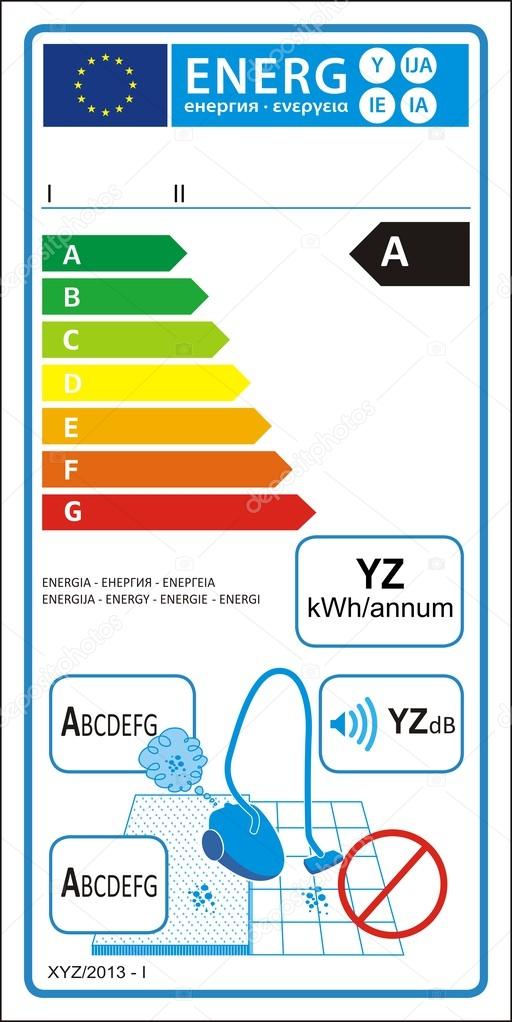





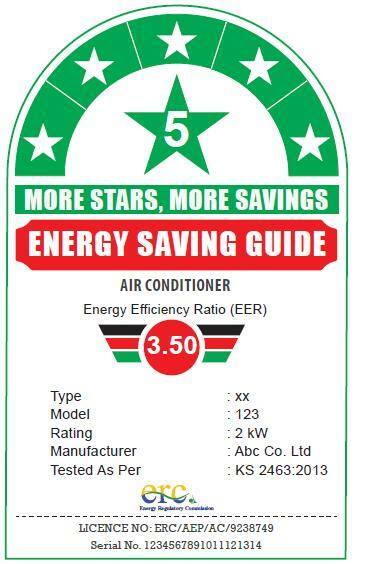



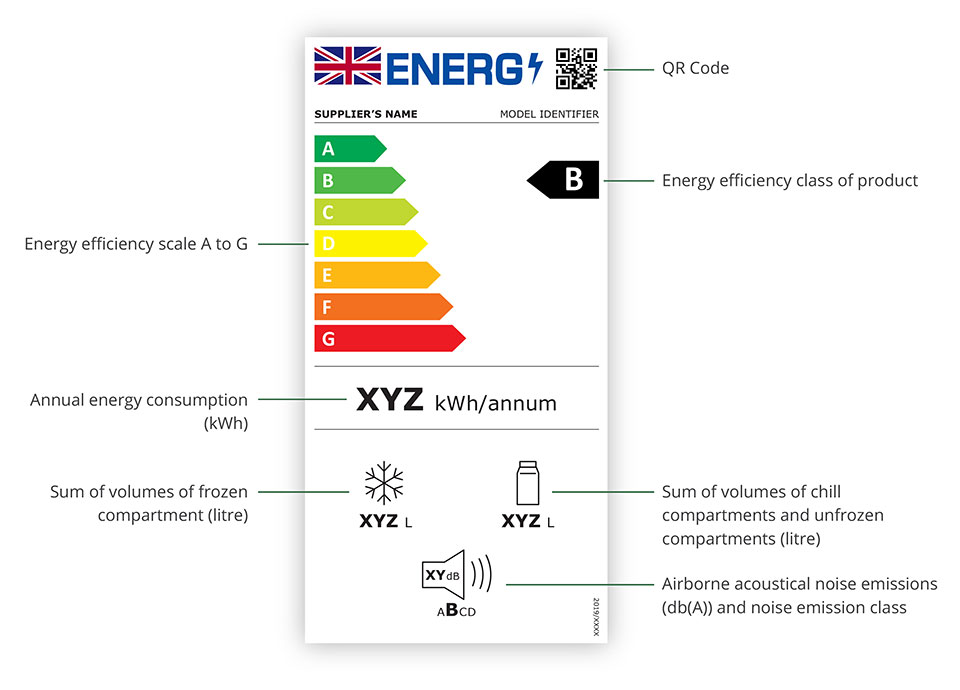




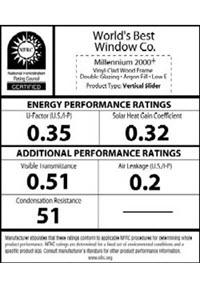
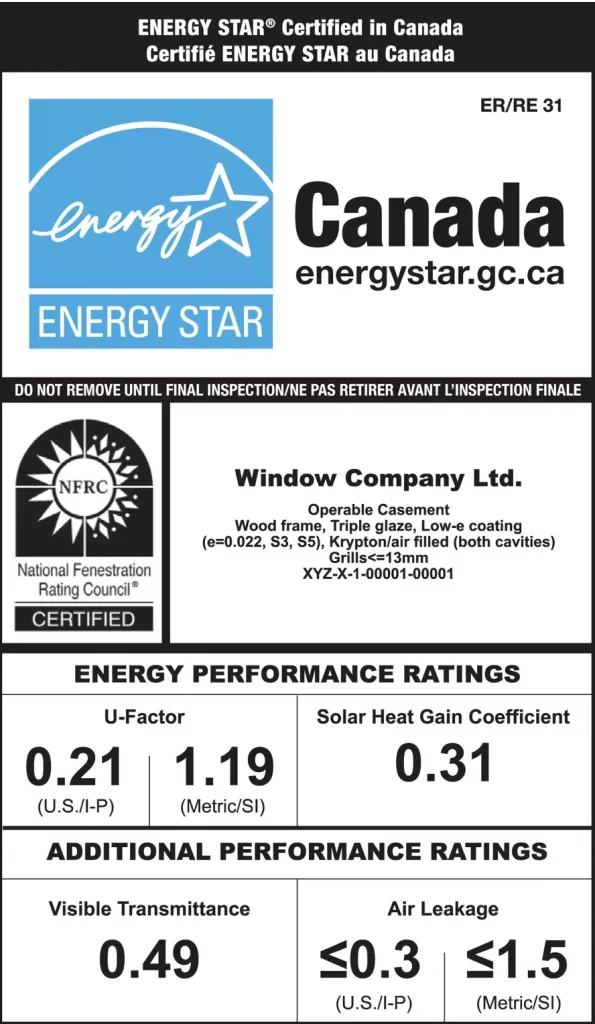

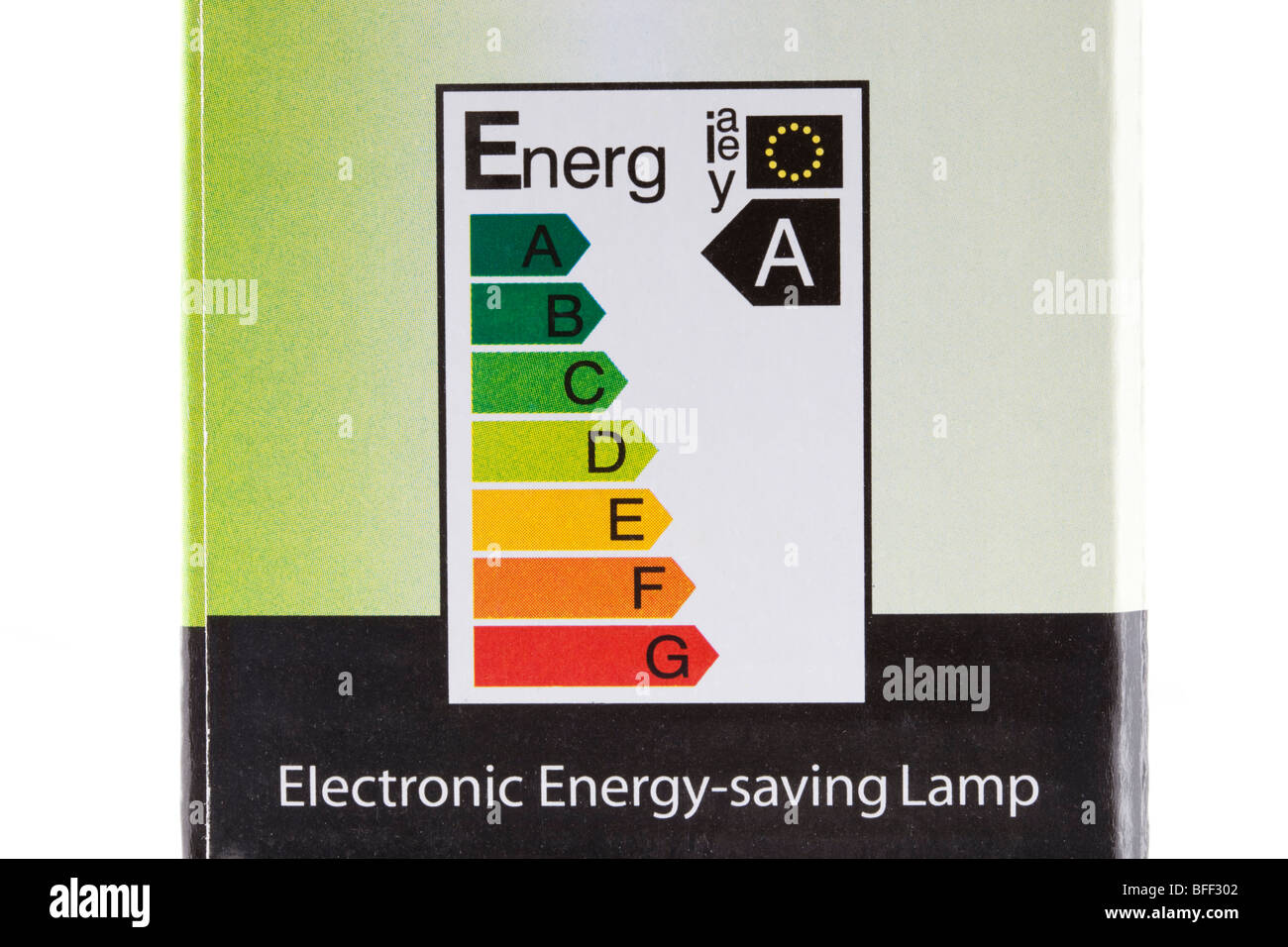





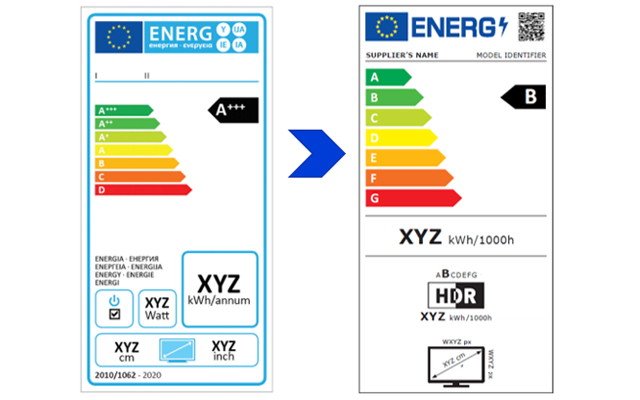
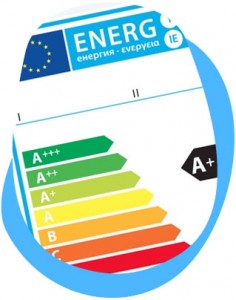

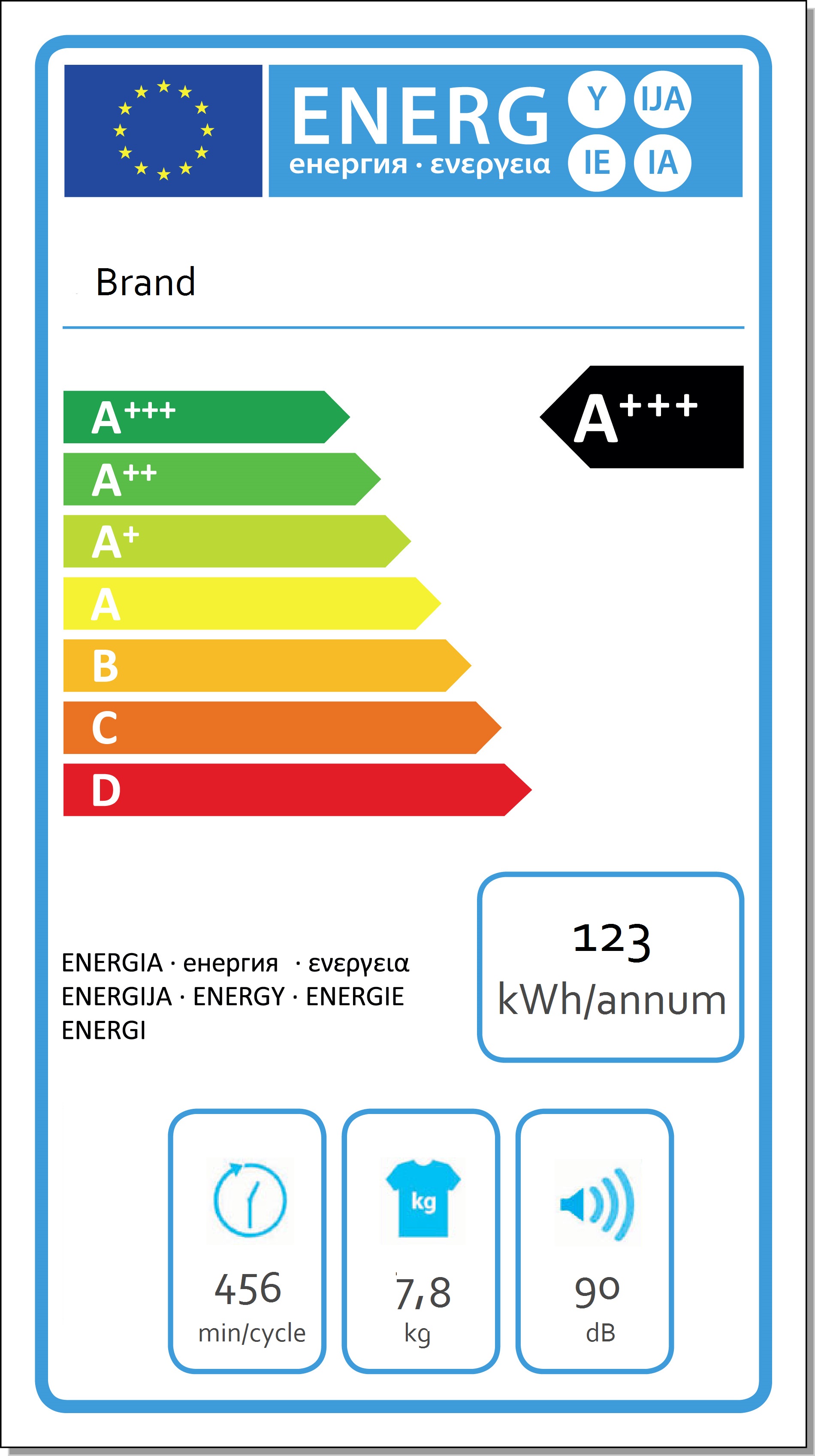
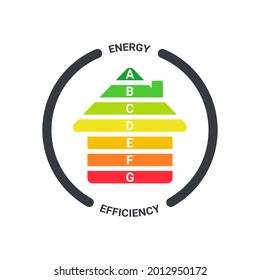







Post a Comment for "44 about energy rating labels"